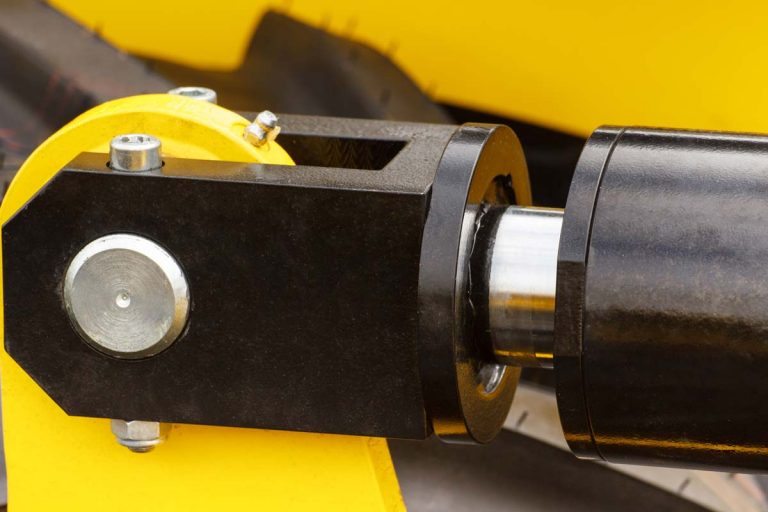Pneumatic-Hydraulic Device
 Photo: © iStock ratmaner
Photo: © iStock ratmaner - Resource Type
- Experiment
- Subjects
- Chemistry Engineering Mathematics Physics
- Topics
- Engineering Process Scientific Inquiry
- Time for activity
- 60–90 minutes
In this activity, the students will design an innovative device which uses hydraulics or pneumatics technology.
- Introduction
-
Hydraulics and pneumatics are technologies that use chemistry, physics and engineering concepts involving the mechanical properties of liquids and gases respectively. Hydraulics and pneumatics are used for control and generation of power by the use of pressurized liquids and gases. Applications of hydraulics and pneumatics are pipe flow, dam design, fluid control circuitry and many more.
In this activity, the students will design an innovative device which uses hydraulics or pneumatics technology. The efficiency of the device will be determined and tested by the task that the device is able to do.
This project allows us to explore some interesting topics in physics and engineering. It’s a great opportunity to learn how to build a device powered by hydraulic and pneumatic principles.Finally, we can use this project to demonstrate the engineering design process. It is unlikely that you will think of an idea for a device, sit down and build it, and have it work perfectly on the first try. Just encourage students to come up with their own designs, test the designs and modify the designs to improve them.
Professional engineers rarely get things right on the first try!
- Key Objectives
-
- Fostering creativity by coming up with an innovative design.
- Practicing sophisticated manipulation in fabrication and assembly of components.
- Creating an inventive device (based on the innovative design) that could do specific task with the use of hydraulics or pneumatics technology.
- Understanding the name and the functions of the components in the device.
- Knowing how and where to install the device at home.
- Testing the efficiency of the inventive device powered by hydraulic or pneumatic technology by doing different tasks.
- Guiding Questions
-
- How did you design your inventive device?
- Which tasks could be accomplished by your inventive device?
- What technology did you use to power up your innovative device? (Pneumatic or hydraulic technology)

/rating_on.png)
/rating_half.png) (76 )
(76 )



